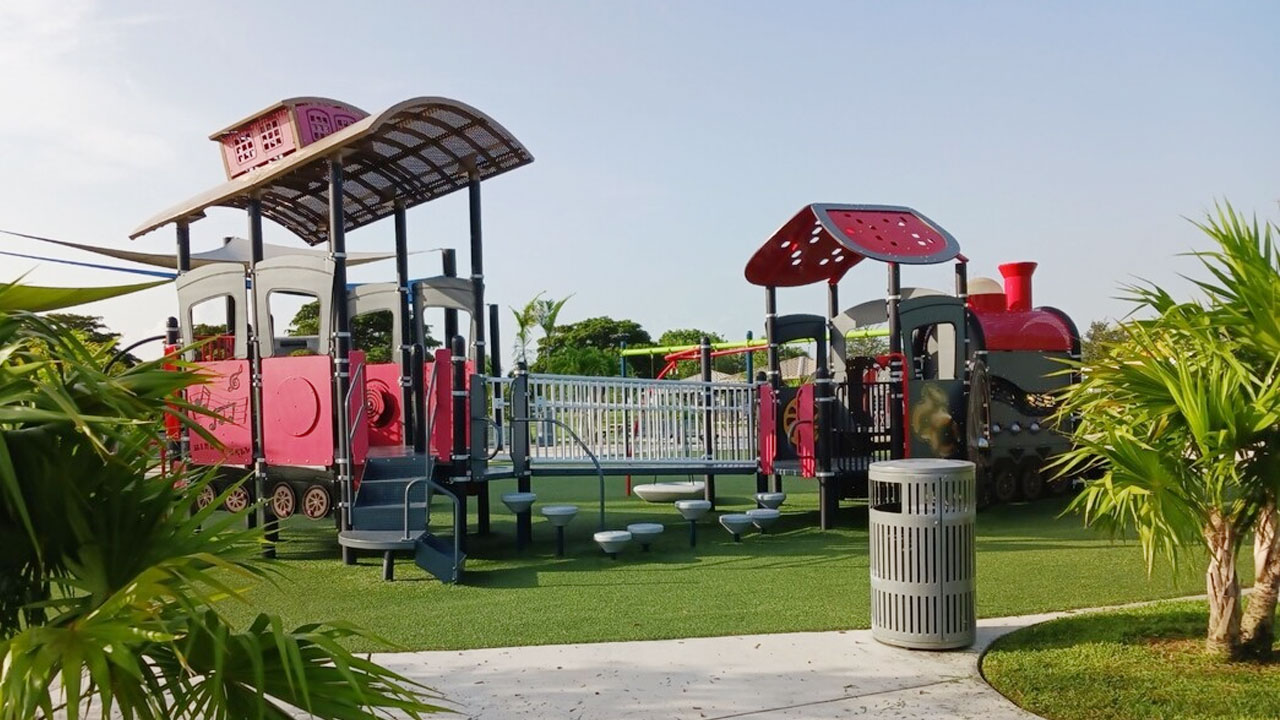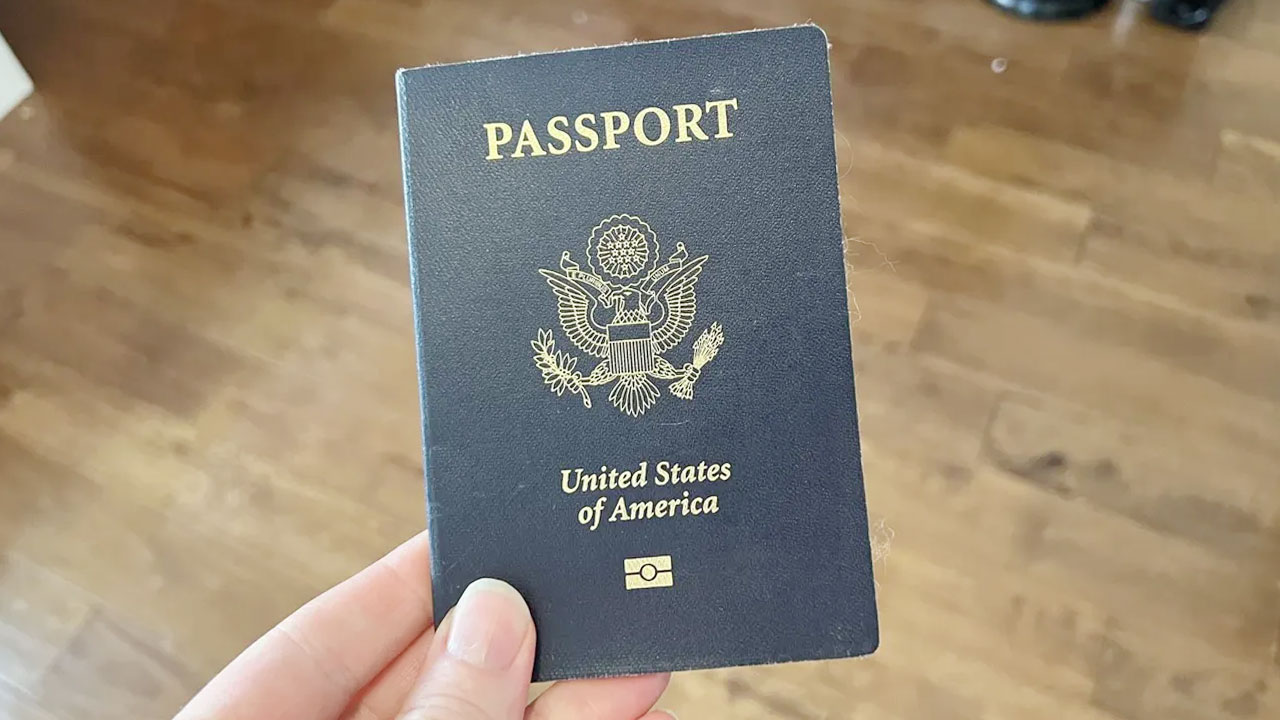When Is The Best Time to Move to New York? The Pros and Cons of Moving in Each Season. New York City is an exciting place to live with world-class arts and culture, career opportunities, diversity, and energy that is hard to match. But before packing your bags, it’s important to consider what time of year will be easiest for such a big transition. The seasonal differences in weather, costs, crowds, and activities can all impact your move-in experience. This guide examines the benefits and challenges of moving in spring, summer, fall or winter to help you determine the best time for your relocation to the Big Apple.

Spring
The spring months of March, April and May offer moderate temperatures with a mix of rain and sunshine. As the weather warms up, more people emerge and the city comes alive. Central Park starts blooming with flowers, restaurants put out their sidewalk seating, and events ramp up. This atmosphere makes spring an exciting time to land in New York. Some key things to consider:
Pros
- Comfortable Weather: Spring temperatures range from lows around 35-50°F to highs in the 50s and 60s. You’ll get some rainfall but also nice days to explore without extreme heat or cold. This makes apartment hunting, moving heavy items, and getting acquainted with the city fairly pleasant.
- Lower Rents: Rental prices often dip slightly in the spring, especially compared to the summer peak season. More housing inventory also comes on the market.
- Fewer Crowds & Traffic: Tourism declines after the winter holidays. Midweek subway rides and iconic landmarks are less packed. Restaurants have easier reservations. Overall getting around is a bit less hectic.
- Blooming Scenery: Trees and flowers make the city full of color. Parks like Washington Square or the High Line burst with life. Outdoor events, farmer’s markets, and patio dining get underway.
Cons
- Unpredictable Weather: Despite more moderate conditions on average, spring still can alternate between warm sunny days and clouds with rain or wind. Plans can get rained out. Packing and moving in drizzle isn’t ideal. You’ll need layers.
- Allergy Triggers: With blooming flowers and trees comes pollen, so hay fever can flare up. For those sensitive, over-the-counter medication may be needed frequently.
- Limited Big Events: Besides the Tribeca Film Festival, NYC’s huge events like outdoor concerts don’t kick off until summer. There are still plenty of things to do, but spring has less star power.
Summer
June through August is New York’s busiest season with hot, humid weather and packed sidewalks. Summer includes exciting cultural events and long days to enjoy the outdoors. But the heat, crowds and high prices come with challenges for settling into your new home.
Pros
- Outdoor Activities: Parks, rooftop bars, dining patios, free concerts and events make summer ideal for enjoying NYC’s outdoors. Long days with sunlight until 8pm give ample chance to be out.
- Liveliest Atmosphere: Outdoor public spaces and neighborhoods burst with energy. There’s a palpable buzz and festivity in the warmer months. Sidewalk cafes, street fairs and summer fun create a peak social scene.
- Events Lineup: Iconic happenings like Shakespeare in the Park, Celebrate Brooklyn concerts, or SummerStage draw excited crowds. Gay Pride, outdoor movies and parades give summer in NYC star appeal.
Cons
- Heat & Humidity: Temperatures regularly rise over 90°F with mugginess from June to September. No air conditioning makes some subway rides and apartments extremely uncomfortable until temperatures drop overnight.
- Highest Costs: Peak tourism pumps up pricing across accommodations, flights and activities. Competition also drives apartment rental bidding wars and higher moving expenses with peak demand. Budget more.
- Crowds & Chaos: Sidewalks, attractions and transit burst at the seams with visitors. Making dinner reservations requires planning and moving between boroughs can mean long lines. Patience may wear thin trying to do basics.

Fall
September to November hosts the beloved change of leaves paired with cooling air, making fall a gorgeous and comfortable time to soak in NYC. With kids back in school, the crowds and frenzy of summer subside for an easier transition.
Pros
- Crisp, Comfortable Weather: Bright blue skies arrive again as summer humidity fades. Highs in the 60s-70s with evenings in the 50s make for ideal conditions to walk and dine al fresco. Pack layers.
- Stunning Foliage: Iconic city parks explode into vibrant fall foliage starting in October. Central Park, the High Line, and Brooklyn Bridge Park paint postcard pretty scenes during peak changing leaves.
- Arts Scene Revitalization: With renowned institutions like the Met Opera, NY Philharmonic and Broadway rebooting seasons, fall brings a surge of stellar performances and exhibits back.
- Lower Costs Again: Like spring, fall brings fewer visitors, airfare deals and special rates from vendors aiming to fill more vacancies. Apartments often have more availability as well.
Cons
- Short & Rainy Days Ahead: The winter chill starts to cut in during November, with sundown around 4:30pm. Wind picks up and cold rain increases as well over the course of the fall, so having the right outerwear matters.
- Pre-Holiday Rush Hits: As the holiday season approaches, Rockefeller Center and department stores start to get jam packed again with tourists and shoppers. Restaurant reservations book up too.
Winter
For the bold, moving between December and February brings unique perks beyond extensively decorated holiday displays. The coldest months here have their own chilly charm when you bundle up and seek cozy indoor fun.
Pros
- Festive Holiday Spirit: From elaborate storefronts and light displays to seasonal markets and events, New York City goes all out. Ice skating rinks, hot chocolate in hand at the annual tree lighting: winter has its magical moments.
- Restaurant Deals Galore: With less demand during the winter lull, eateries run promotions and special menus to lure more diners. Tasting menus, prix fixe options and gift certificates offer savings.
- Easy to Get Around: Subways and popular locations are drastically less congested. Getting seats and elbow room improves without heavy tourism crowds. Travel across the boroughs speeds up.
- Open Availability: Landlords offer winter incentives on units to fill vacancies during the off-season when fewer compete. Flights, hotels and activities often come down in cost as well.
Cons
- Frigid Temperatures: Arctic winds off the Hudson River paired with snow, ice and short daylight hours makes venturing outside quite brutal at times. January averages highs around 38°F.
- Isolation Tendencies: Cabin fever can set in when freezing weather keeps you confined indoors by the fire for days. Seasonal depression spikes with limited sunlight exposure and outdoor social options too. Making friends requires initiative.
- Slushy Streets & Sidewalks: Winter snow accumulation leads to wet, messy sidewalks and roads as ice melts. Salt and grime muck along city walkways and dirty melted puddles abound, marring scenic snowfall.
Key Planning Tips
No matter what season your move falls in, preparing properly will help ensure the process goes smoothly. Keep these top tips in mind:
- Pack Essentials First: Have a bag with medications, chargers, important documents, changes of clothing, etc that travels with you (not movers) so needed items are accessible during transition days.
- Transfer Utilities Early: Contact companies like ConEd, Spectrum, NationalGrid to arrange account transfers for cable/internet, electricity, gas to coincide as close as possible to your move-in date.
- Update Key Contacts: Provide new address details to employers, banks, subscriptions services, DMV, etc to handle mail forwarding tasks and life administration needs proactively.
- Reserve Moving Help ASAP: Whether hiring companies or borrowing friends’ trucks or time, arrange key moving assistance several weeks in advance for full availability. Procrastinating leads to fewer options.
- Get Recs from Locals: Ask NYC realtors, r/AskNYC forums and friends for input before committing to any apartments or neighborhoods. On-the-ground insights help narrow options.

Frequently Asked Questions on Best Time to Move to New York
When’s the cheapest time to move to NYC?
Typically late fall into winter has lower rents, discounts from movers/brokers and easiest eligibility terms from landlords. Airfare and hotels drop too for apartment hunting trips.
What’s the most expensive time to move to New York City?
Summertime brings peak demand from students and families relocating, driving up rental prices, broker fees and availability competition. Movers charge summer premium rates as well.
What is the rainiest month in NYC?
March historically has the highest rainfall on average, followed by July. However April through September all tend to see frequent rain showers and thunderstorms between periods of sun.
What’s the hottest month in New York City?
July and August tie for the hottest temperatures historically, averaging highs of 84°F. Combined with humidity levels around 70-80% on average, the dog days of summer feel quite intense and muggy.
What month do most people move to New York?
Late spring through summer generates peak relocation activity to sync moves with academic calendars and families with kids. Most existing leases turn over between May to August, leading to huge waves incoming residents hunting for housing annually.
Is winter too cold to move to the Big Apple?
The below freezing wind chills and snowfalls certainly make winter moves here more challenging. However with grit, determination, proper attire and moving help, thousands transplant to NYC between December and February annually. The festive holiday ambience offers reward for braving the cold as well. Just prepare for ice and bundled up days.
Which season has the worst weather obstacles?
While winter dredges up blustery snowstorms and numb fingers, summer may argue sticky 90 degree heat waves present another form of obstacle during apartment treks and moving. Ultimately the extreme ends of weather can hamper transition efforts, so those with flexibility should eye spring or fall for best conditions.
What’s the least crowded time for New York City sightseeing?
Mid-January through March (aside from holiday weekends) draw the lightest tourism crowds annually. With fewer visitors clogging up attractions, landmarks from the Brooklyn Bridge to MoMA offer easier access and elbow room before spring break floods the city again. Locals love emerging during winter to enjoy iconic sites.
Conclusion
Determining the ideal timing for a major transition like moving cross country or across the world can feel daunting, especially to a bustling metropolis like the Big Apple. But reviewing the seasonal pros and cons for weather, costs, crowds and things to do allows you to determine what will maximize enjoyment versus headaches during those critical first few months putting down roots in NYC.
While summer offers stunning energy and events alongside peak costs and crowds, winter charms with holiday cheer despite its deep freezes. For most moving hassle reduction, spring and fall likely strike the best balance of pleasant temperatures, lighter tourism and sustained big city vibrancy. Time your move-in date within that sweet spot of April through June or September through October if possible.
No matter what the calendar says, New York City stands ready to welcome newcomers year round with open arms. So bundle up or pack shades, schedule movers and get ready to embrace your next life chapter in one of the greatest cities on earth – no matter what date fate dictates your arrival here. Just come prepared and the rest of the adventure awaits.




